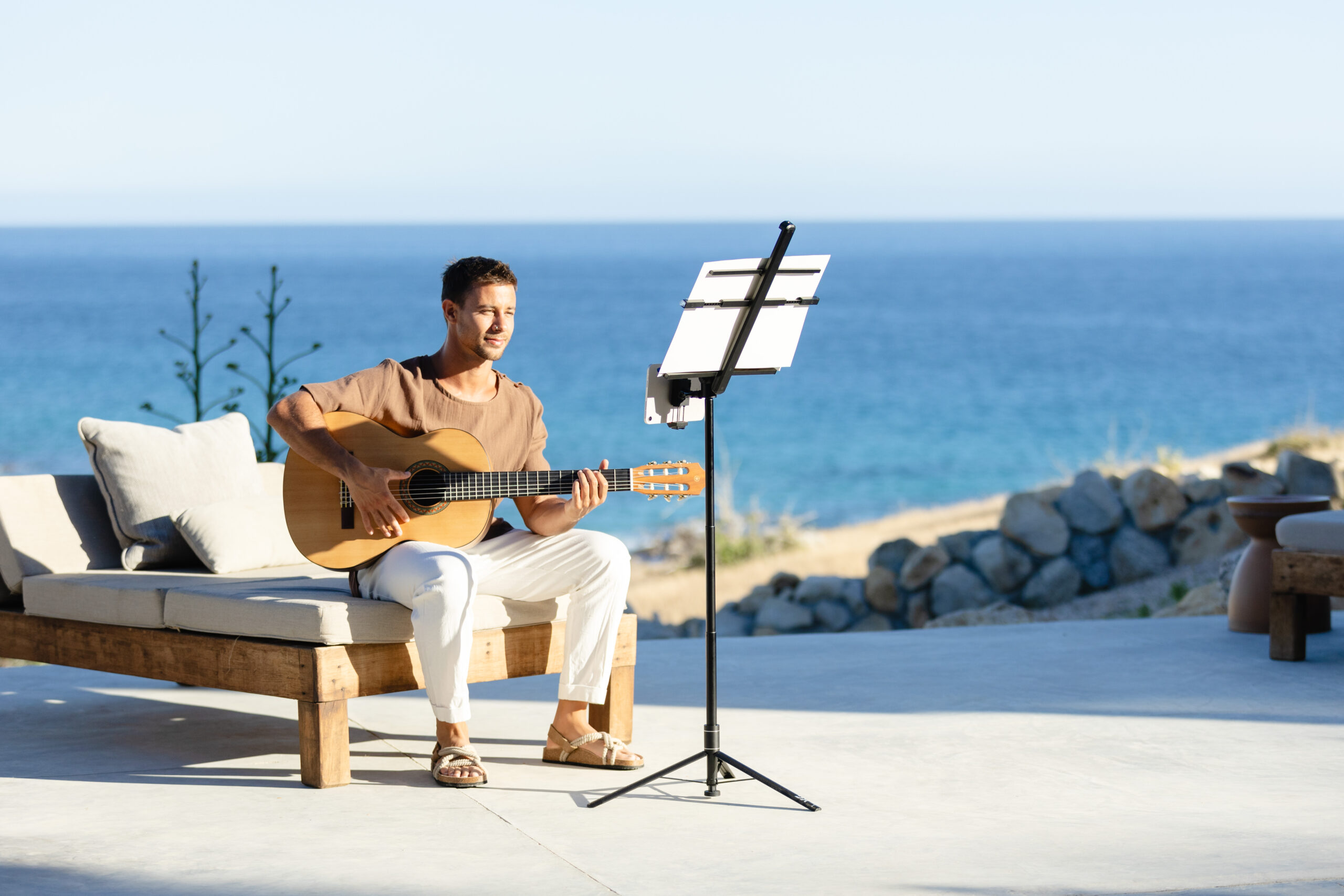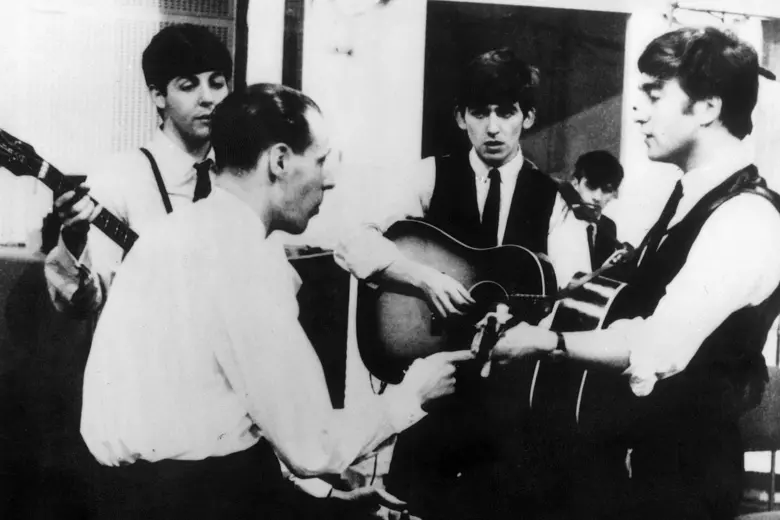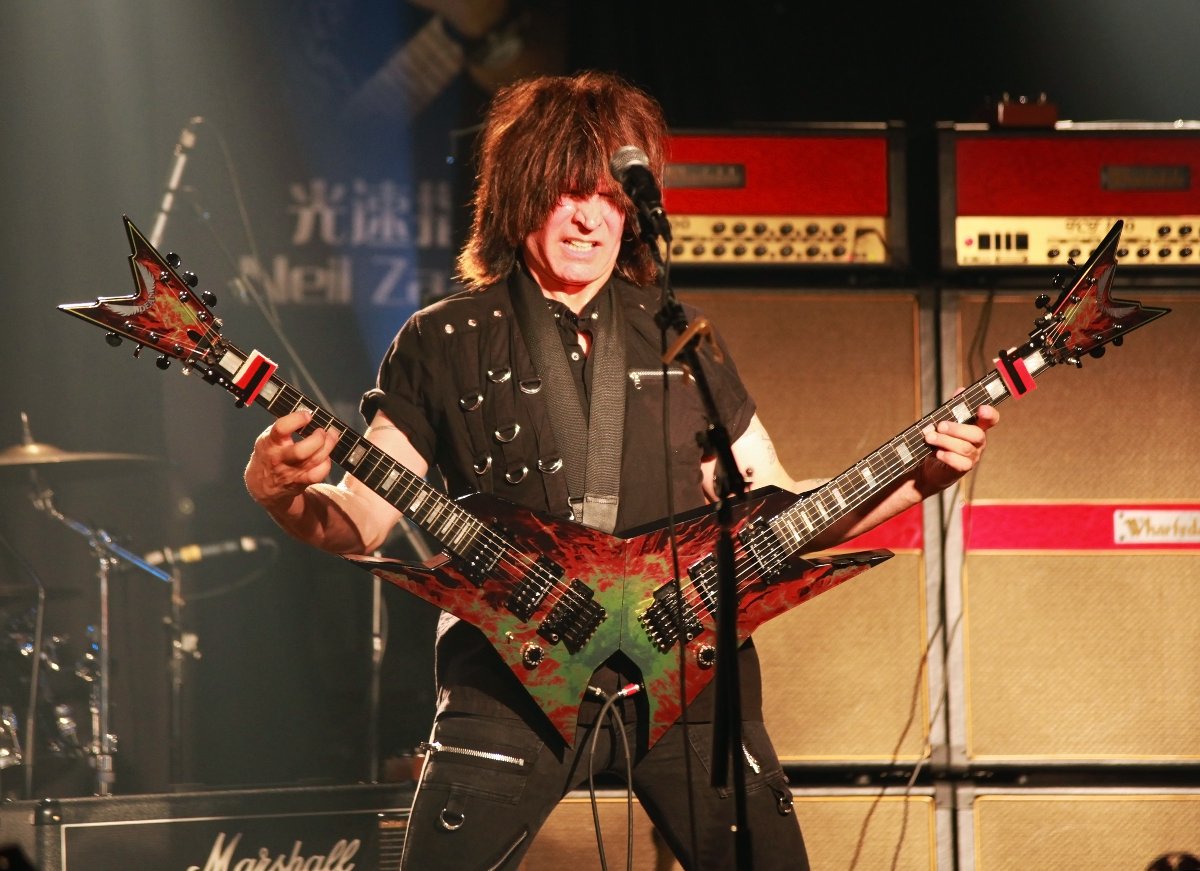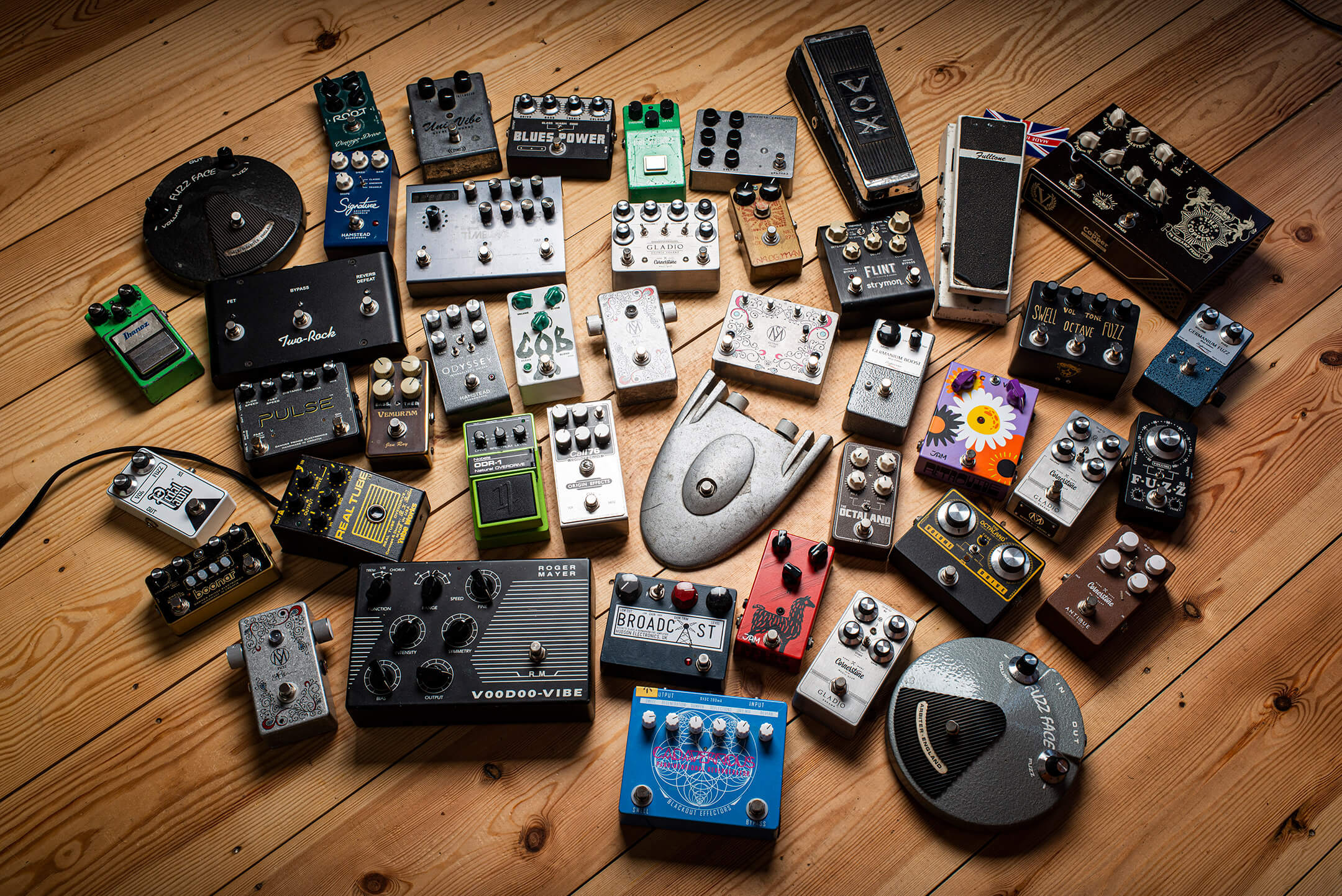
Welcome back to our discussion regarding compression pedals. Last time I mentioned being under-awed by a compressor when trying it out at a store. After taking some advice, I returned for another go and this time set the compressor quite subtly and then left it on for about 10 or 15 minutes. I simply played for a bit whilst tweaking the pedal. After a while, I switched if off and was suddenly struck by the difference in sound. I suddenly found myself asking, “Where did my tone go?”
As I mentioned before, compression is a far more subtle effect. For example, a long slow Delay, or the frequency sweep of a Wah Wah. Nevertheless, it can make all the difference to your tone. Perhaps some of the mistakes that people make when trying compressor pedals is by using using “extreme” settings. Unfortunately this may put them off the effect altogether. This is especially true in ordinary musical contexts and neglecting to keep in mind what it is the compression is doing to the signal.
Something to keep in mind is that distortion and overdrive also always have a compressing effect. So if you are playing a Les Paul guitar with screaming humbucking pickups, and then add a huge amount of extra compression via a pedal, your tone will most likely disappear. Whilst compression pedals can be used as a boost to kick in for a solo, this will work best with a tone that is not already saturated by heaps of gain.
Single Coils Need Some Fat
I use Fender guitars with single coil pickups. They tend to be thinner and snappier than, for example, a Les Paul or Ibanez shredder or Schecter metal monster. For me, the extra sustain is a very welcome addition. I primarily use bluesy overdrive for my crunchy sounds, so the extra fullness really rounds out my tone and helps me cut through a dense band mix. I set my Keeley compressor quite mild, with the ‘sustain’ at around 9 o’ clock and leave it on. It fills out my sound and gives me a fuller tone that sustains beautifully. It really is a subtle addition to my sound that actually makes all the difference.
Another mistake that needs to be avoided is placing compressor pedals in an unadvantageous position in the signal path of your effects. The pedal can be quite noisy and can detrimentally affect your other pedals if placed after them. As a rule of thumb, the compressor should be placed as close to your guitar as possible.
My personal taste/order of pedals:
- Wah Wah
- Phaser (a kind of Wah)
- Compressor
- Overdrive (although, if you have a very transparent, quiet compressor, putting it after your overdrive can give a very cool, dark tone)
Experiment with your particular effects and brands to find out what works best for you. Every rig is different and needs to be tweaked to bring out the best tone.
What Styles Are Compression Pedals Best For?
Certain styles of music lend themselves to the compression pedal. Funk stabs and tight-as-an-Italian-tenor’s-trouser-buttons rhythms are made all the tighter by a healthy dose of compression. Also, many country players, who use ‘chicken picking’ (a technique that involves hybrid picking with both pick and fingers), enjoy the even, consistent tone afforded them by a compression pedal. This brings out the perhaps softer finger picked notes and help them really get that ‘twang’!
That’s a Wrap
I believe that the compressor is often overlooked because it is a subtle effect that needs to be used carefully. And for those willing to go the extra mile, it can reap the reward of really making your tone attain that next level of sonic splendour.
You only need to examine the pedalboards of your favourite professional virtuosos to discover what an integral part of your rig a compressor can be. My only hesitation in writing this piece has been the feeling that I am letting out a big secret that plays such a large part in my closely guarded tone-quest: compressor pedals rock!





Comments (0)